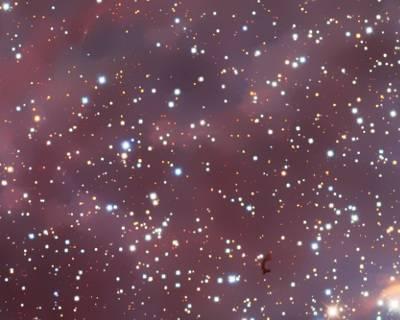| doctor | Meng Shen |
Meng Shen (approximately 621~713), a Tang Dynasty official and pharmacologist, was from Liang in Ruzhou (present-day Linru, Henan). He passed the imperial examination and was appointed as a Fengge official in the early years of the Chuigong era (685 AD). In his youth, he was fond of alchemy and studied under Sun Si-miao. Once, at the home of a Fengge侍郎, he saw that Empress Wu Zetian had bestowed gold, and he remarked, "This is medicinal gold; when burned, it should emit a five-colored gas." Upon testing, it indeed did so. Empress Wu, displeased by this, assigned him to a post in Taizhou (present-day Linhai, Zhejiang) as a Sima due to this incident. Later, he was promoted to the position of Chunguan侍郎. Before Emperor Ruizong ascended the throne, he summoned Meng Shen to serve as his tutor. During the Chang'an era (701~704 AD), he served as the governor of Tongzhou and concurrently held the title of Yinqing Guanglu大夫. In the early years of the Shenlong era (705 AD), he retired to the mountains of Yiyang (present-day Ruyang in western Henan Province) to focus on pharmaceutical research. After Emperor Ruizong ascended the throne, he summoned Meng Shen to the capital with the intention of appointing him to a higher position, but Meng Shen declined due to his old age.
In his medical practice, he placed great emphasis on the collection of medical prescriptions and dietary therapy. He advocated: "If one can maintain health and nurture nature, one should always keep good words in the mouth and good medicine at hand." He excelled in the study of dietary therapy and health preservation, and authored Shiliao Bencao in three volumes, which is the earliest extant monograph on dietary therapy in China and a comprehensive Shiliao Bencao work of the Tang Dynasty. He also wrote Bixiao Fang in three volumes (Old Tang Records records it as ten volumes), but it has been lost.
In terms of academic thought, Meng Shen made significant contributions to medicine, particularly in the field of dietary therapy. He collected over 200 types of materia medica foods, analyzed their properties, discussed their functions, recorded contraindications, and differentiated their similarities and differences. His fundamental principles align with modern nutrition and hold considerable value. He discussed using food to treat diseases, listing commonly consumed grains, pickles, fruits, and meats. He noted: Mung beans benefit and harmonize the five zang-organs, calm the spirit, and circulate through the twelve meridians; soybeans, when mashed with rice, can be applied to all toxic swellings, treat swelling of the vulva in both men and women, and when wrapped in cotton and inserted, can kill various dermatitis medicamentosa; eggplant, when rubbed with vinegar, can be applied to toxic swellings, and its roots, when soaked in hot water, treat frostbite sores; oranges stop diarrhea, aid digestion, and open the stomach to phlegm; peach kernels kill parasites, stop heart pain, and when the leaves are mashed and wrapped in cotton, can be inserted into the vagina to treat sores and pain as if bitten by insects; carp, when boiled and eaten, treats edema, beriberi, and promotes the flow of qi and blood, and is effective against erysipelas in children (applied topically, it heals quickly). Additionally, he proposed nourishing the organs with food, including using animal organs to nourish human organs. For example, dog blood enhances male sexuality, enriches the blood, strengthens the stomach, and fills the lower jiao, replenishing essence; rabbit liver improves eyesight and can be taken in pill form with cassia seeds. He also addressed using food to detoxify, noting: Chinese dates harmonize various dermatitis medicamentosa; vinegar disperses toxic qi and kills evil toxins; wine counters all evil toxins; clams counteract alcohol toxicity; snake slough kills parasitic toxins, etc. Furthermore, he frequently mentioned that people from different regions have varying adaptability to foods and often highlighted the special dietary needs of children, such as "children should not be given roasted beans to eat." Additionally, Meng Shen was the first to record the use of white silk to track the progression of jaundice by soaking it in the patient's nightly urine, then drying and comparing the color daily. If the silk became progressively lighter in yellow, it indicated that the jaundice was improving; otherwise, it was worsening. This method provided an objective indicator for observing the effectiveness of jaundice treatment.Meng Shen revealed many dietary therapy rules, with many new insights compared to his teacher Sun Si-miao. Many of these varieties were not recorded in the materia medica books of the early Tang dynasty, so it can be said that he made certain contributions to dietary therapy and was praised by later generations. As a certain Mr. Zhao said in the preface to Shiliao Bencao: "Meng Shen, although a disciple of Sun Si-miao, his tonic prescriptions (i.e., Shiliao Bencao) do not merely follow the wisdom of Sun's Qianjin·Shiliao, but have unique originality." From this, we can also see that Meng Shen was indeed an extraordinary physician.




